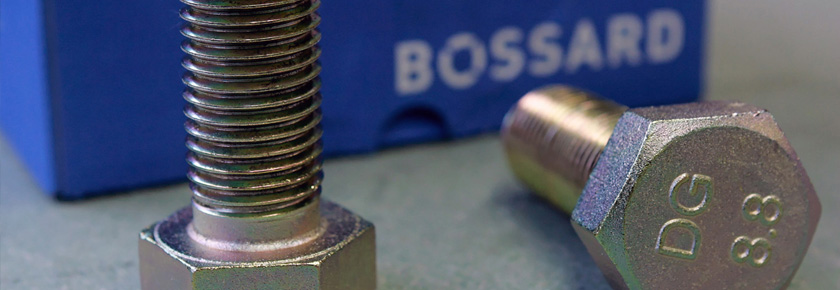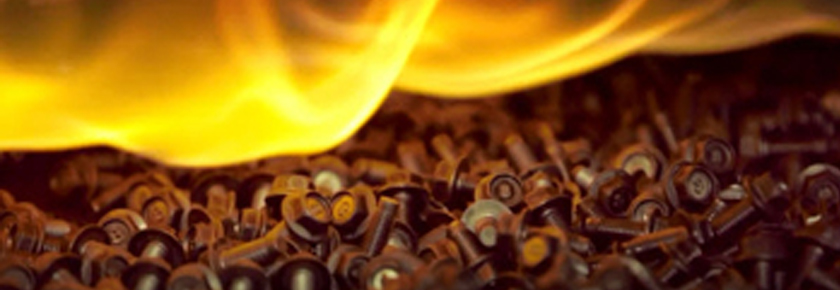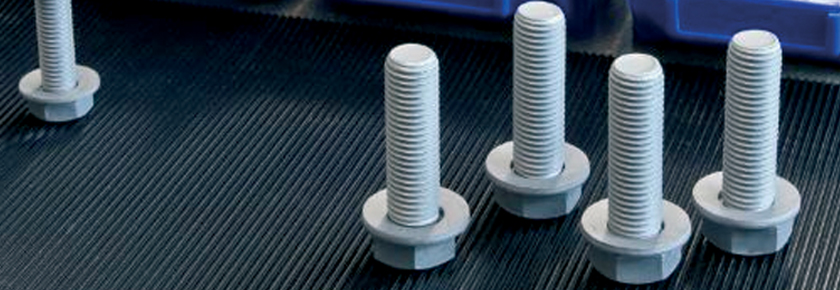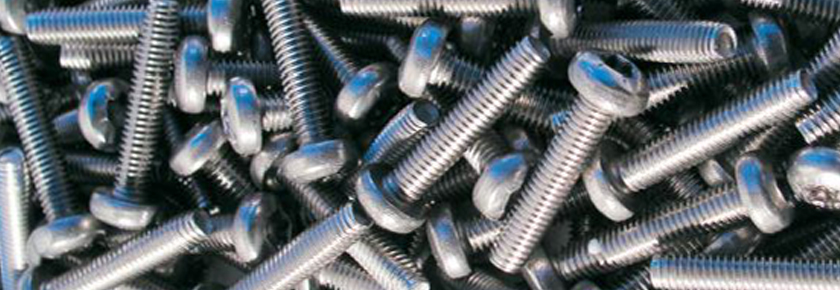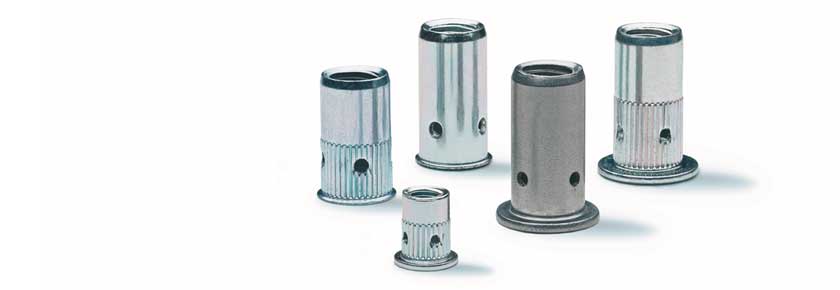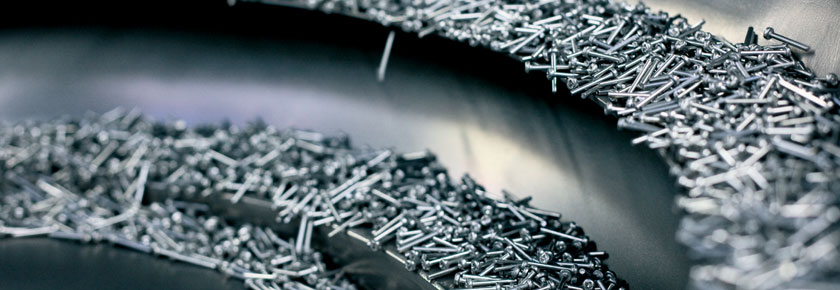If you are looking to increase productivity in any application or industry, the best place to start is to examine total cost of ownership of fasteners in use. By reducing the unseen costs (which can represent up to 85% of the total in place cost) a dramatic cost savings will occur during the entire life of the product model.
Fasteners and Heat Treatment
Total Cost of Ownership
When looking to improve productivity and control or possibly lower cost, the total in place cost must be evaluated.
The 85/15 theory can be applied to any situation. The question may change from “where do I spend most of my time?” in regards to the tasks at hand to “where do I spend most of my revenue in regards to the task of generating a profit?”
(more…)
Fastener Quality Practices
There are many different quality requirements that our team takes into account before we recommend a fastener for a particular product. The first factor is the life expectancy of the product in which it will be used. It is important that the fasteners will hold up as long as the product in order to avoid productivity pitfalls with continuous replacements. Next, we examine finish requirements. Is there a corrosion factor at work? Material requirements are also closely considered because fastener strength is important. Temperature extremes are also a crucial component of material requirements because severe heat or cold can affect fastener performance. Also, will the joint be exposed to a corrosive environment? The more knowledge we have about what the fastener will have to withstand, the better position we’re in to make a suitable recommendation. (more…)
Using Thread Forming Screws to Fight Loosening Fasteners
Bulge Control Fastener Technology
It can be difficult to decide which bulge control technology (BCT®*) is right for each particular application. There are many different mechanics that can be considered for use. Evaluating important factors like materials involved, size and tensile forces will help you select the best bulge control fastener for your product. (more…)
Fastener Standards Explained
Innovations in Fastening Technology Open House
On May 6 you will have the opportunity to learn more about Bossard and expand your knowledge surrounding issues affecting productivity involving fastener technology.
Bossard’s annual open house “Innovations in Fastening Technology” will offer the opportunity to learn about new trends and ideas going on in the fastening technology industry. Take this opportunity to learn, meet peers and network with many Fortune 500 companies. (more…)
Can Screws be Reused?
How Hydrogen Embrittlement Can be Controlled in Fastener Applications
Hydrogen embrittlement has been a problem for decades and should not be taken lightly since it mechanically degrades a range of different structural materials. Even though it has been a problem for more than 100 years, many uncertainties are still present surrounding this issue. We’ve compiled the most recent information on what hydrogen embrittlement is to help you understand how it can affect your fasteners. (more…)

